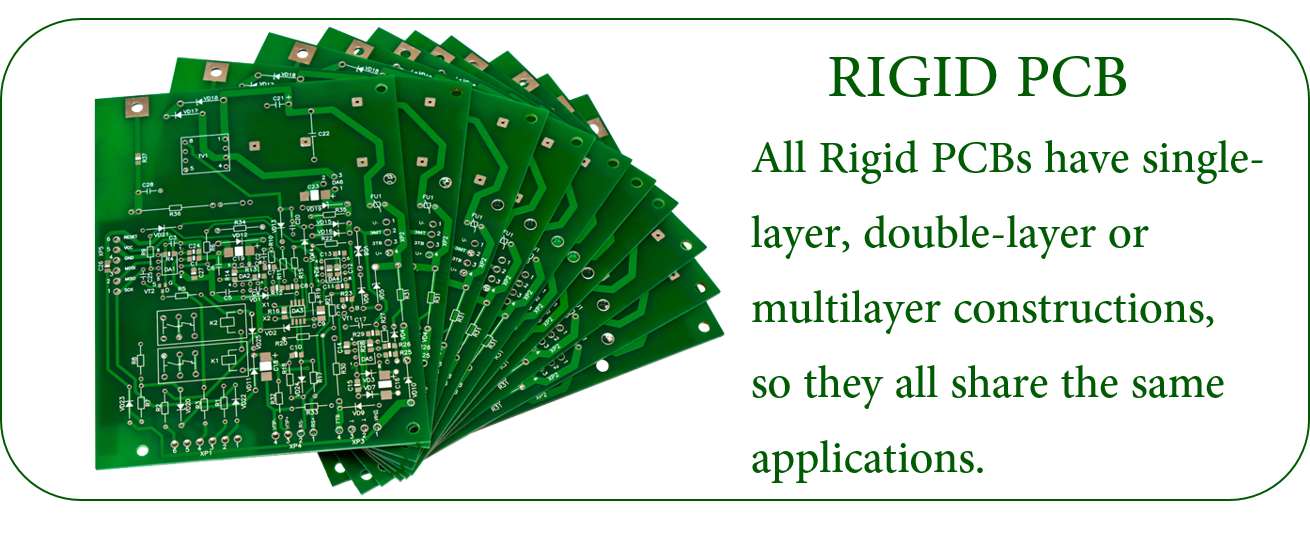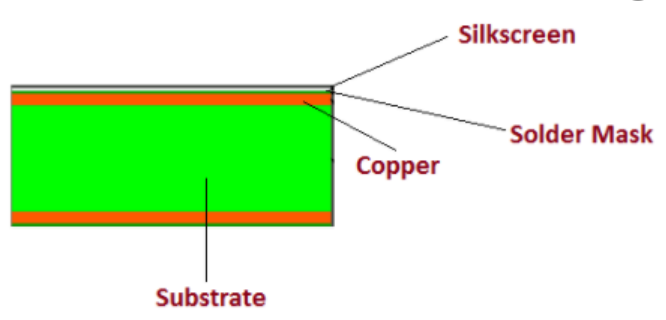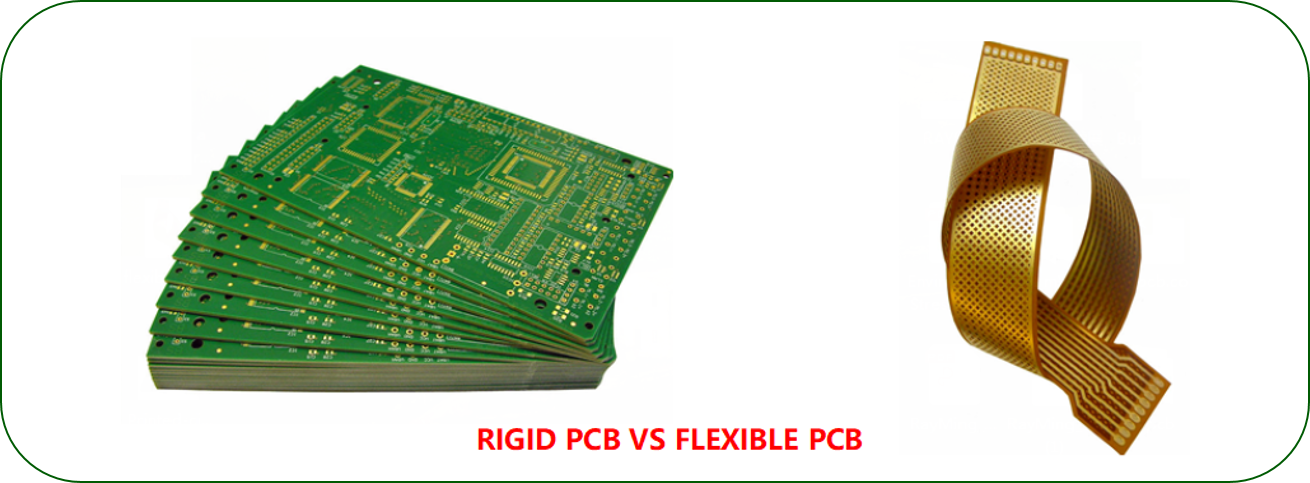As night falls, a street lamp not only illuminates the dark roads of the country, but also warms the hearts of the farmers of the two Miao villages in the Xicheng District Unity Street Office. Once, the villagers could only watch the TV by shaking the generator by hand; once, the villagers used the kerosene lamp to illuminate the entire house. With the “Green Bright Project†solar streetlight implemented by the Kunming Science and Technology Bureau in the village at the end of June this year, “the camp was set upâ€, and the 20 households in the two villages finally stretched out because of the inconvenience of using electricity.
"Before installing the solar street light, you can only turn on the oil lamp and candle lighting at night. If you want to watch TV, you can only shake the generator by hand, but the hand-cranked generator can only drive a small TV of 14-15 inches, and you must shake the generator all the time. I can watch TV, and I don’t have a TV screen when I am slow.†A 60-year-old aunt said that the situation before the village was not energized was awkward. She introduced that on June 30 this year, 20 households in two Miao villages installed a 160-watt battery panel free of charge. This battery panel not only allows villagers to watch 19-inch TVs, but also drives four energy-saving lamps. In addition, the village also installed 10 solar street lights, go out to the door at night, get up at 5 or 6 in the night to do small business and no longer have to worry about walking the night.
Liu Yanzhen, director of the Municipal Science and Technology Bureau, said that solar street lights not only solve the problem of villagers' electricity use, but more importantly, they achieve energy conservation and environmental protection. From the geographical conditions of Kunming's own use of solar lights, its annual average sunshine hours are more than 2,400 hours, and the solar radiation intensity is large, which is a good area for solar energy development and utilization. Since the launch of the “Green Bright Project†on this basis, the total investment of the project has reached more than 31.5 million yuan, of which the project support fund of the city science and technology bureau has totaled 8.4 million yuan, which has driven more than 23 million yuan in all counties. More than 5,000 solar photovoltaic lighting systems have been installed in 74 townships (towns) and 103 villages in the city. According to each set of photovoltaic lighting system, saving 438 degrees a year, saving 155 kilograms of standard coal, reducing carbon dioxide emissions by 413 kilograms, saving 2.19 million kilowatt hours per year, saving 775,000 kilograms of standard coal and reducing carbon dioxide emissions by 2.065 million kilograms.
For the use of solar street lights in rainy weather, Liu Yanwei said that 30W high-frequency electrodeless solar street lights and 20W high-power single-cavity LED solar street lights can guarantee 5-6 hours of lighting per day in the case of continuous rainy 4-6 days.

Rigid PCB
What is Rigid PCB?
Rigid PCB are Printed Circuit Boards that are made out of a solid substrate material that prevents the board from twisting. Possibly the most common example of a rigid PCB is a computer motherboard. The motherboard is a Multilayer PCB designed to allocate electricity from the power supply while simultaneously allowing communication between all of the many parts of the computer, such as CPU, GPU and RAM.
Rigid PCB make up perhaps the largest number of PCBs manufactured. These PCBs are used anywhere that there is a need for the PCB itself to be set up in one shape and remain that way for the remainder of the device's lifespan. Rigid PCBs can be anything from a simple single-layer PCB all the way up to an eight or ten-layer multi-layer PCB.
All Rigid PCBs have single-layer, double-layer or multilayer constructions, so they all share the same applications.

Some characteristics of rigid PCB
- Rigid PCB is a type of regular PCB which can not be twisted or folded into any shape because it comes with FR4 stiffener which is very useful for added amount of stiffness and rigidity.
- Rigid PCB is made up of copper trances and paths which are incorporated on a single board in order to connect the different components on the board. The base material of the board is made of rigid substrate which gives rigidity and strength to the board.
- Computer motherboard is an ideal example of rigid PCB that comes with rigid substrate material.
- Once the rigid PCBs are manufactured they can not be modified or folded into any other shape.
- Rigid PCBs are cheap as compared to flexible PCBs. They are traditional forms of PCBs and widely used in many electronics products.
- In terms of ease of use and availability, both flexible and rigid PCBs come with own limitations and benefits and both are used to connect multiple electronic components on the board
Rigid PCB Manufacturing
Rigid PCB is made up of different layers that are joined together using adhesive and heat, providing a solid shape to board material. Following layers are used to develop a rigid PCB.
Substrate Layer
- Substrate layer, also referred base material, is made of fiber glass.
- The FR4 is mostly used as a substrate material which a most common fiber glass that provides rigidity and stiffness to the board.
- Phenilcs and epoxies are also used as a base material but they are not as good as FR4, however, they are less expensive and feature unique bad smell.
- Decomposition temperature of phenolics is too low that results in delamination of the layer if solder is placed for long duration of time.


Multilayer Rigid PCB Stackup
Copper Layer
- On the top of substrate layer, there resides a copper foil which is laminated on the board with the help of added amount heat and adhesive.
- In common use, both sides of the board are laminated with copper, however, some cheap electronics come with only one layer of copper material on the board.
- Different boards come with different thickness which is described in ounces per square foot.
Solder Mask Layer
- Solder Mask Layer houses above the copper layer.
- This layer is added on the board to add insulation on the copper layer in order to avoid any damage in case any conduction material is touched with the copper layer.
Silkscreen Layer
- Silkscreen layer is located above solder mask layer.
- It is used to add characters or symbol on the board that provide better understanding of the board.
- White color is mostly used for silkscreen however, other colors are also available including grey, red black and yellow.

The differences between Rigid PCB And Flexible PCB
- Most of the electronics made use of traditional rigid PCB. However, technology has been evolved and many products abandoned rigid PCBs because of their inability to get folded or twisted. This has erupted the idea of flexible PCB and soon it became the prerequisite for most of the professionals in the market.
- Manufacturing process of both rigid and flexible PCBs is same with some exceptions in terms of their flexibility, softness and cost.
- Some extra measures are required for processing Flex PCB when it comes to material handling. Also proper specifications are required in order to avoid any cracked solder joints when the board is bent.
- Flexible PCBs are most costly than rigid PCBs, however, we are referring here individual cost of the flexible PCB, it may happen the overall cost of the project using rigid PCB is higher than the cost of the flexible PCB, but individual cost of flexible PCB will be higher.
- Many cheap electronics make use of rigid PCBs including audio keyboards, desktop devices, solid state drives, toys and many electronic gadgets. However, flex circuits are observed in ultra high performance device because they don`t involve connectors also thinner than rigid boards and can be used in smart phones, cameras, tablets and GPS control system.
- Both rigid and flexible boards can be incorporated together to construct a unified product that comes with both strength and flexibility.
- Some flex PCBs follow the same design as rigid circuit design but they are not completely identical to the rigid circuit boards.
- Flexible PCBs provide flexible and bending solutions and they also require less space and are mostly Single Sided PCB .
When to Use Rigid and When to Use Flexible
- Rigid PCBs typically cost less than flex circuits. I say [typically" because when considering the total cost of ownership there are some applications that, when using flexible PCBs, may be less expensive compared to using rigid PCBs. To get a true and accurate understanding of the total cost of ownership, you first need to appreciate the fact that flex circuits may eliminate the need for components such as connectors, wire harnesses, and other circuit boards. By removing these components from a design, material cost, labor and assembly cost, and scrap cost are all reduced.
- Many electronic devices (laptop and desktop computers, audio keyboards, solid-state drives (SSDs), flat-screen TVs and monitors, children`s toys, and various electronic gadgets) employ rigid PCBs instead of flexible PCBs. However, flex circuits may be found in ultra-compact and/or high-performance devices, including GPS units, tablets, smart phones, cameras, and wearables.
- Greater sophistication is not the only reason to use flex circuits; low-tech applications,such as LED lights, may utilize flex circuit technology, in some cases because it makes installation much easier.
Rigid PCB Applications
- A computer motherboard is a perfect example of rigid PCB which is a Multilayer Rigid PCB, used to distribute electricity from power supply, and creates a conducting path between CPU, GPU and RAM.
- Rigid PCBs are manufactured in volumes and once they are designed, they can not be altered or modified and remain same throughout the entire life span of the project on which they are placed.
- Some low cost products make use rigid PCBs like toys, ,electronics gadgets, desktop devices and solid state devices.
- You should also have a look at Double Sided PCB , these are also Rigid PCBs.
Rigid Printed Circuit Board Manufacturer: Guaranteed Quick Delivery
JHY PCB is committed to providing the highest quality rigid printed circuit boards at competitive prices. As the name suggests, these PCBs use an inflexible, solid, and rigid substrate material such as fiberglass, which prohibits these boards from bending. We can provide high-quality, and performance-oriented rigid printed circuit boards in diverse specifications.
Different Types of Rigid PCB Provided by JHY PCB
- Single Sided PCB: These rigid printed circuit boards feature metal trace on single side of the dielectric. Single sided rigid PCBs are ideal for rapid productions due to their manufacturability, as well as simple design.
- Double Sided PCB: As the name suggests, these printed circuit boards have a layer of dielectric sandwiched between two metal layers. The double sided rigid printed circuit boards have become an industry staple. Their applications vary from low to high temperature ranges, fine line surface mounting, solder coatings, and high copper builds.
- Multilayer PCB: Multi-layer rigid PCBs feature more than two conductive metal layers, which are clearly separated by equal dielectric layers. These circuit boards allow our PCB designers to create a vast range of interconnects, as well as applications.
Learn more about JHY PCB by exploring the manufacturing capability of Rigid Printed Circuit Board below. We can do more than you can imagine.
|
Item |
Manufacturing Capability |
|
|
PCB Layers |
1-26L (TG135 TG150 TG170 TG180) |
|
|
Laminate |
FR-4, FR- 406, 370 HR ,IT180A,CEM-1, CEM-3,FR1,FR2,94HB,PTFE,etc. |
|
|
Brand of Laminate |
Kingboard,Shengyi,Nanya,Isola,Rogers,etc. |
|
|
Max Board Size |
1-2layers: 1000mm * 600mm |
|
|
Multilayer PCB: 600* 600mm |
|
|
|
Board Thickness |
0.1-4.0 mm |
|
|
Board Thickness Tolerance |
±10% |
|
|
Copper Thickness |
1-10 oz |
|
|
Min Mechanical Drilling Hole Size |
4mil(0.10mm) |
|
|
Min Laser Drilling Hole Size |
3mil(0.075mm |
|
|
Min Line Width/Line Space |
2/2mil |
|
|
Surface Finishes |
OSP, HASL, HASL Lead-Free (HASL LF), Immersion Gold(ENIG), Immersion Silver, Immersion Tin, Plated Gold, etc. |
|
|
|
||
|
Solder Mask Colors |
Green, Red, White, Black, Blue, Yellow, Orange, Purple, Gray. |
|
|
|
||
|
Silkscreen Colors |
Black, White, Yellow. |
|
|
Electrical Testing |
Fixture and Flying Probe |
|
|
Other Testing |
AOI, X-Ray(AU&NI), Two-dimension Measurement, Hole Copper Instrument, Impedance Test, Metalloscope, Peeling Strength Tester, Solderability Test, Logic Contamination Test |
|
|
Special Capabilities |
Thick Copper, Thick Gold(60μ"), Gold Finger, Blind and Buried Hole, Countersink Hole, Semi-hole, Peelable Mask, Carbon Ink, Impedance control+/- 10%, etc. |
|
Additional information
- Rigid Flex PCB Fabrication service
- Flex-Rigid PCB Technology
- Rigid Flex PCB Manufacturing Capability
- Flexible and Flex-Rigid PCB Applications
- Rigid PCB vs. Flexible PCB: How to choose?
Rigid PCB
Rigid PCB,Fr4 PCB,Rigid Circuit Board,Rigid Printed Circuit Board
JingHongYi PCB (HK) Co., Limited , http://www.pcbjhy.com
![<?echo $_SERVER['SERVER_NAME'];?>](/template/twentyseventeen/skin/images/header.jpg)